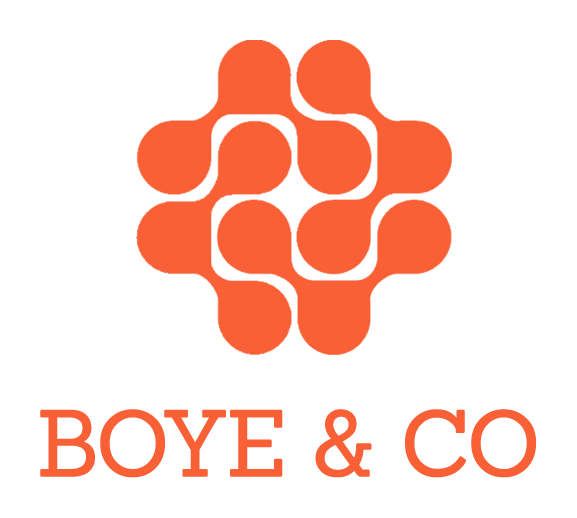By Jonathan Healey, Managing Director, IDHL Web Division
One of the best things about being in an agency is the privilege of peaking behind the scenes in a wide variety of businesses and sectors. Being constantly delighted to discover that the world is a far more nuanced and interesting place than you ever believed it to be.
It turns out some things can be counter-intuitive. There was the call centre who launched an initiative to improve customer satisfaction, delivered all the right metrics, and saw customer satisfaction tank. There was the national healthcare chain who almost ruined their business by improving their website design & UX. And the global ecom brand who found they could shift palettes of expiring stock fast simply by putting it on their homepage.
Some years ago when the media outcry over food packaging was particularly intense I sat with a client concerned about the impact this was having on their business. Especially frustrating to them was the knowledge that the invisible coatings and different layers baked into their packaging was improving the shelf life of fresh goods. Better shelf life means less frequent deliveries, taking CO2 emissions off the roads. But more importantly it means less food wastage – addressing perhaps a bigger sustainability concern.
What the public believe to be helpful turns out to achieve the opposite. Being more sustainable could mean more food packaging, not less. Is food packaging good for the environment? Probably not, but in the UK at least, food packaging will almost certainly not end up in the ocean or an unsafe landfill. It’s likely to be the least bad option when it comes to overall sustainability.
Makes me wonder what other commonly held opinions most people have about business, technology, politics and the world in general are misguided.
Learn more about sustainability
I was reminded of the potential bigger sustainability concern recently when reading Not the End of the World by Hannah Ritchie. Everyone should read this book.

